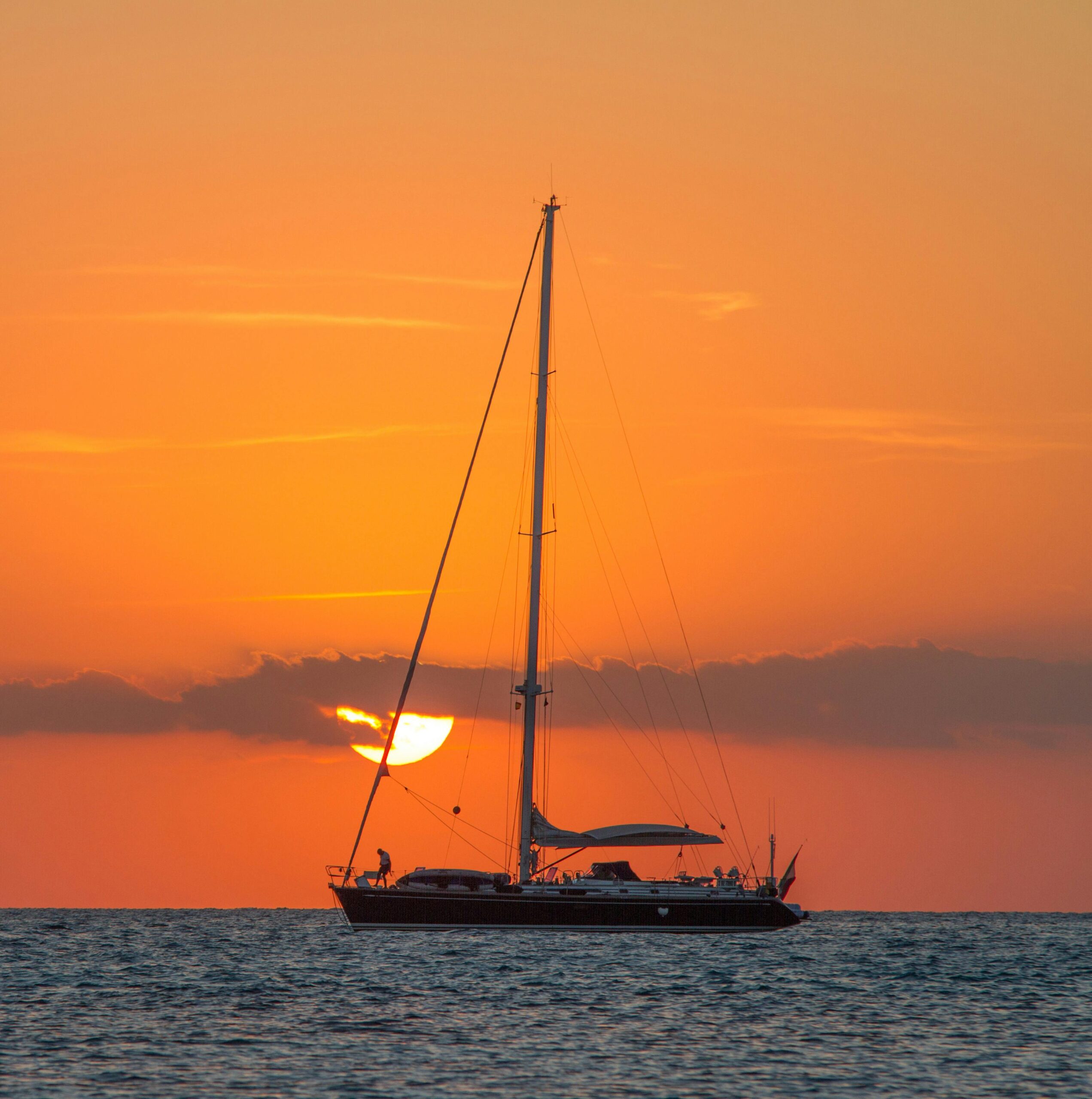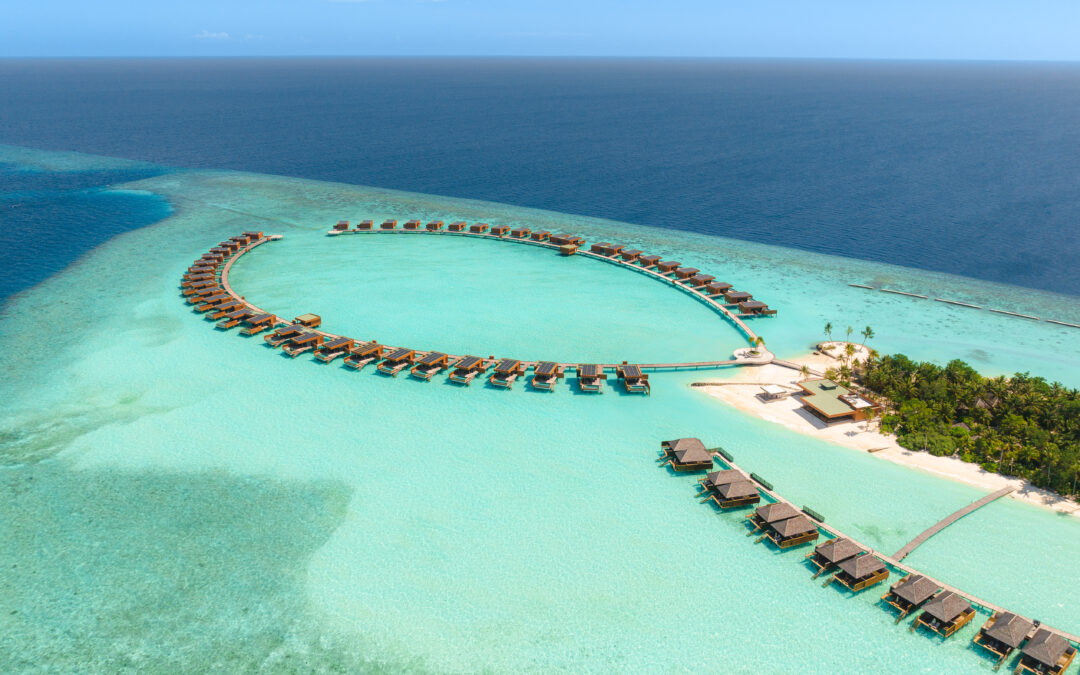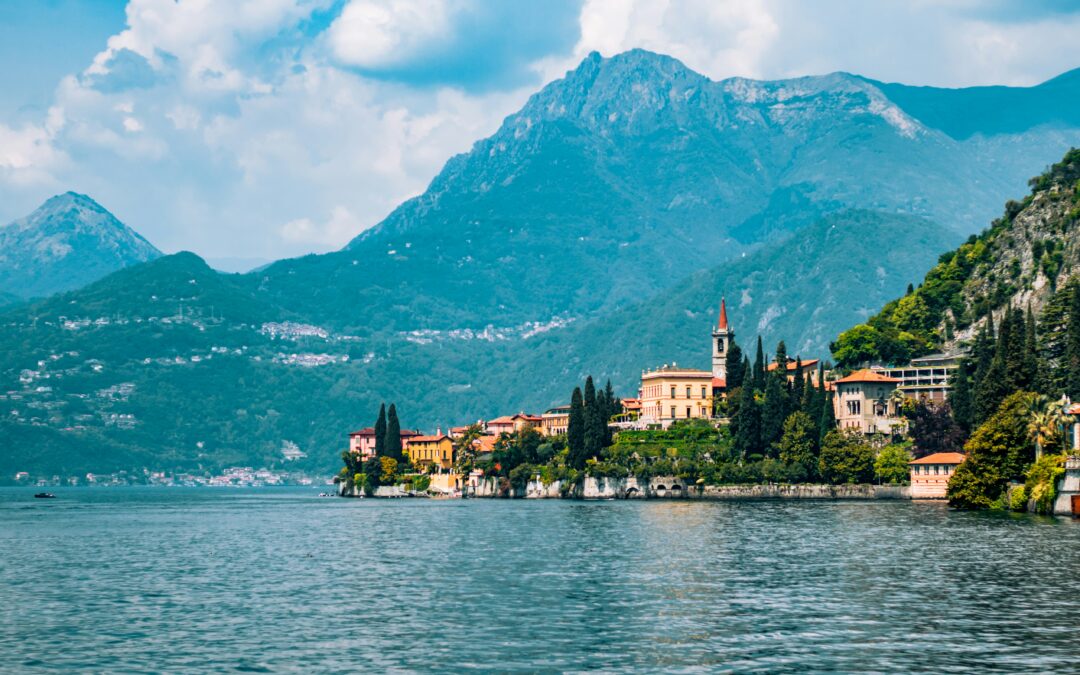Winter may seem like a time to hibernate indoors, but for wildlife enthusiasts and travellers, it offers some of the most incredible opportunities to connect with nature. Whale watching in winter is particularly special, as many species embark on epic migrations to warmer waters or gather in specific feeding grounds. From the icy waters of Norway to the tropical seas of Mexico, these coastal and oceanic destinations provide unforgettable whale-watching experiences, blending marine wonder with natural beauty.
Why Winter is the Perfect Time for Whale Watching
Winter whale watching is unique for a number of reasons. During the colder months, many species of whales migrate to breeding or feeding grounds, offering incredible opportunities for sightings. The lack of summer crowds at popular whale-watching sites means more intimate tours and less busy coastlines. Winter also brings dramatic scenery, with snow-covered cliffs, calm seas, and sunrises that stretch across the horizon, making for a breathtaking backdrop to your adventure.
Some of the species you can encounter include humpback whales, grey whales, orcas, and southern right whales. These gentle giants put on stunning displays, from breaches and tail slaps to fluke dives, offering both seasoned wildlife enthusiasts and casual travellers memories to last a lifetime.
Top Winter Whale Watching Destinations
- Tromsø, Norway
Tromsø is a prime winter destination for whale enthusiasts. This Arctic city, surrounded by fjords and mountains, offers close encounters with orcas and humpback whales that gather to feed on herring.
What to Expect:
Orcas and humpback whales are most active between November and January.
Small-group RIB (rigid inflatable boat) tours and larger catamaran excursions are available through operators like Arctic Adventure Tours (www.arcticadventuretours.no).
Experience the Northern Lights after your whale-watching adventure.
Where to Stay:
Radisson Blu Hotel Tromsø (www.radissonhotels.com): Offers panoramic views of the fjords.
Sommarøy Arctic Hotel (www.sommaroy.no): A remote retreat near the water.
- Baja California, Mexico
Baja California is one of the world’s most famous whale-watching destinations, thanks to its warm waters and abundant marine life. Grey whales migrate here in winter to breed and give birth.
What to Expect:
Spot grey whales in Magdalena Bay and San Ignacio Lagoon, where they often approach boats.
Humpback whales can also be seen off the coast of Cabo San Lucas.
Where to Stay:
Las Ventanas al Paraíso (https://www.rosewoodhotels.com/): A luxury resort near prime whale-watching locations.
Hotel San Cristóbal Baja (https://www.sancristobalbaja.com/): A boutique property perfect for eco-tourists.
- Hervey Bay, Australia
Though it’s summer in the Southern Hemisphere, Hervey Bay is a winter destination for southern humpback whales. Known as the “whale-watching capital” of Australia, this sheltered bay is a key stopover for these marine giants.
What to Expect:
Humpback whales rest and play in the calm waters of the bay between July and November.
Tours with operators like Spirit of Hervey Bay (https://www.spiritofherveybay.com/) include hydrophones to listen to whale songs.
Where to Stay:
Mantra Hervey Bay (www.mantraherveybay.com): Waterfront accommodation near departure points for whale tours.
Oceans Resort & Spa (www.oceansherveybay.com): A luxury option offering sweeping views of the bay.
- Iceland’s Snæfellsnes Peninsula
Winter whale watching in Iceland is a unique experience, combining icy landscapes with incredible marine life. The Snæfellsnes Peninsula offers opportunities to see orcas and sperm whales against a backdrop of snow-capped mountains.
What to Expect:
Orcas are most frequently spotted in Grundarfjörður, particularly in January and February.
Smaller tours like Láki Tours (www.lakitours.com) provide close encounters and expert guides.
Where to Stay:
Hótel Búdir (www.hotelbudir.is): A charming boutique hotel near prime whale-watching areas.
Fosshotel Hellnar (www.fosshotel.is): A modern base with stunning views of the coast.
- South Africa’s Garden Route
The Garden Route, stretching along South Africa’s southern coast, is a spectacular destination for spotting southern right whales during their winter migration.
What to Expect:
The best viewing points include Walker Bay and Plettenberg Bay.
Combine whale watching with land-based wildlife safaris in nearby reserves.
Where to Stay:
The Marine Hermanus (www.themarinehotel.co): A luxury hotel overlooking Walker Bay.
Tsala Treetop Lodge (www.hunterhotels.com) Combines coastal and forest views.
Beyond Sightings: Unique Experiences
Whale-watching tours often go beyond spotting these gentle giants. Many operators offer:
Photography Workshops: Learn how to capture the perfect whale breach.
Marine Education: Expert guides share insights into whale behaviour and conservation efforts.
Snorkelling and Diving: Swim with whale sharks or observe humpbacks underwater in places like Tonga or the Maldives.
Conservation and Responsible Tourism
Whale watching is not just about enjoying nature but also about preserving it. Many tour operators work closely with marine conservation organisations to ensure ethical and sustainable practices. By choosing reputable operators, you can support efforts to protect these majestic creatures and their habitats.
Some conservation-focused organisations include:
WWF Whale Conservation Program (www.worldwildlife.org): Advocates for global whale protection.
Pacific Whale Foundation (www.pacificwhale.org): Conducts research and promotes sustainable tourism.
Ocean Alliance (www.whale.org): Focuses on whale conservation through scientific research.
Planning Your Winter Whale-Watching Trip
Timing: Research the peak migration times for your chosen destination.
Clothing: Dress warmly for colder regions or bring sun protection for tropical waters.
Gear: Bring binoculars and a camera with a zoom lens to capture distant sightings.
Health: If you’re prone to seasickness, pack motion sickness tablets or wristbands.
A Winter of Marine Magic
Winter whale watching is a unique blend of adventure, wonder, and discovery. Whether you’re cruising through the icy fjords of Iceland or basking in the tropical warmth of Baja California, these experiences connect you to some of the ocean’s most magnificent inhabitants.










